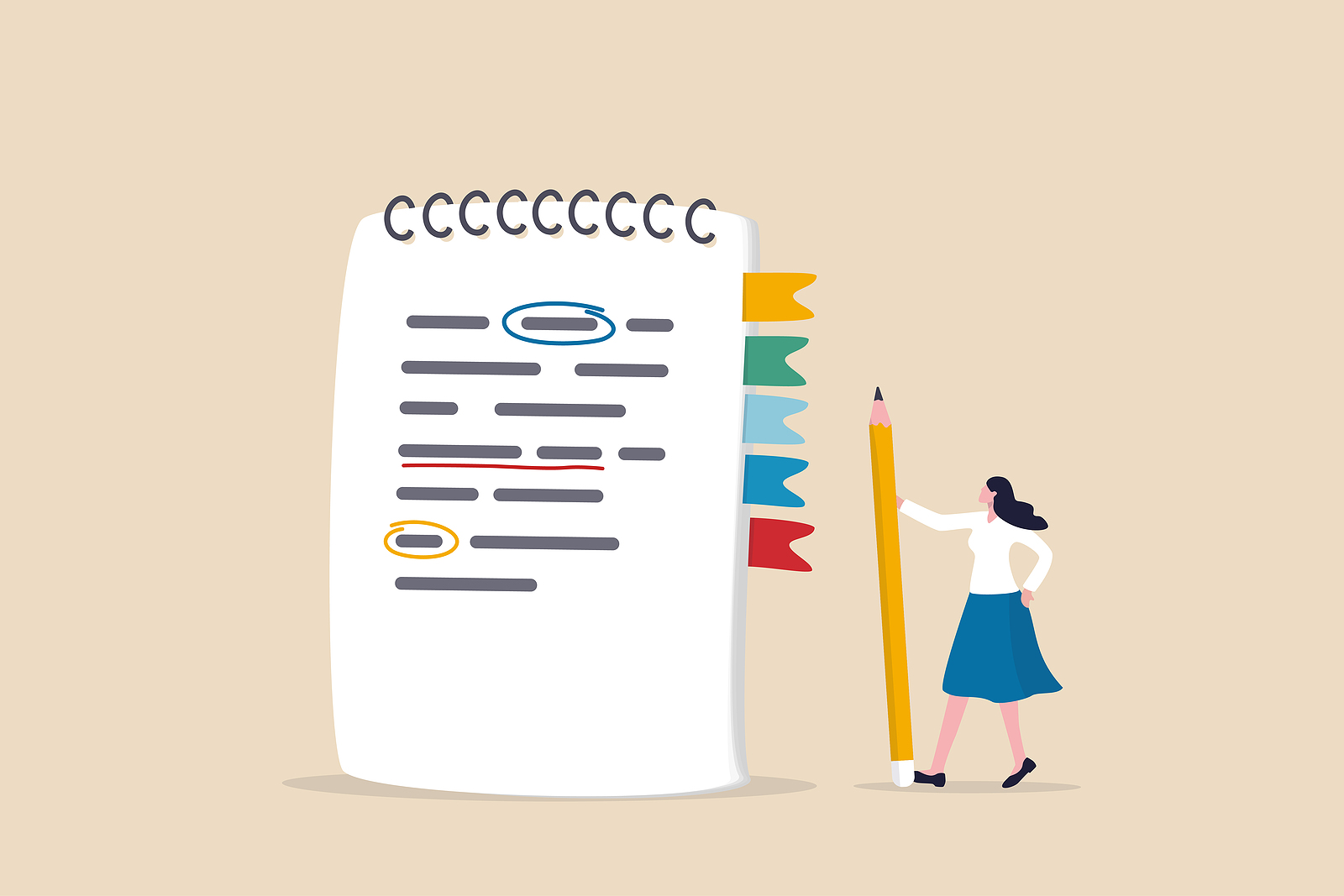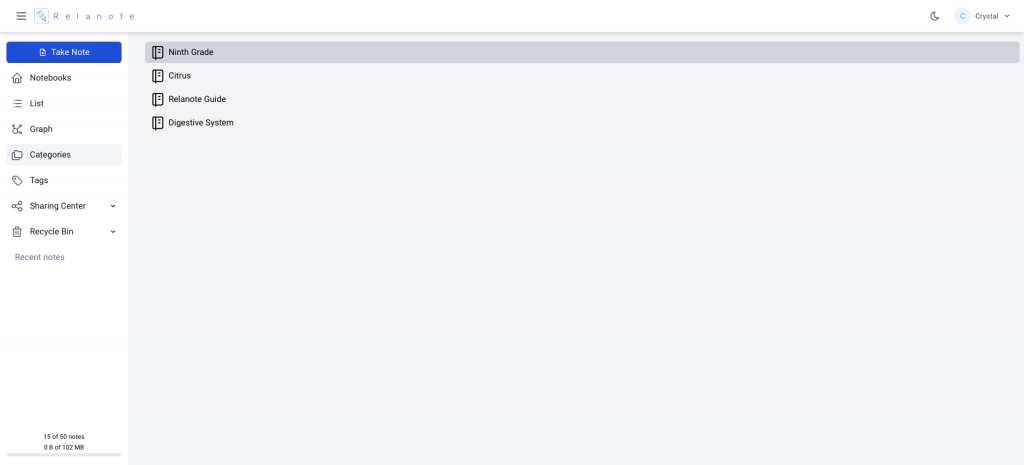10 Notetaking Tips To Improve Your Study Habits

We’re not all gifted with a photographic memory, so taking notes is essential for your success in high school, college, or university. Notetaking will help you to capture vital information that you’re likely to forget once the lesson is over. It is less about jotting down the things you hear and more about summarizing your thoughts and reactions to the content presented.
The tips shared below can help to strengthen your note-taking skills, but understanding the various note-taking methods and using the one that works best is a good place to start. Remember, your notes are only as good as the value you get out of them later on. Effective notes bring clarity to topics that you might not have understood the first time around. They reinforce concepts and improve retention.
In this digital age of portable devices and revolutionary note-taking apps, it is easy to dismiss the idea of hand-written notes. Several studies tout the benefits of hand-written notes for retention, but there is a time and place for everything. Handwritten notes are excellent for diagrams, retention of lessons, and visual aids. Digital notes outperform hand-written notes where speed, organization, convenience, sharing, and retrieval are necessary.
Decide on your Notetaking Strategy
So, we said that there is a time and place for everything, but you should (and must) decide on your preferred note-taking system. Your typing speed, comfort with digital devices, and type of class (whether illustrations and diagrams are prominent) will guide your decision. Consider your end goal. Is it the retention of information or the organization of notes? These are just a few factors that will impact your choice.
Keep it Short
Don’t think for a moment that you need to capture every detail of the presentation. Even if you could, it would be counterproductive. Listen attentively during the lecture and write short summaries of the information that is most important. Skip over the things you already know and place emphasis on those things that are new or complex that you’ll need to review at the end of class.
Write Legibly
This tip cannot be overemphasized if you choose to hand-write your notes. You must be able to read what you’ve written. The pace of the lecturer may require that you write quickly. If physical limitations or poor penmanship impacts your notes, you might need to consider digital notes or abbreviating frequently used terms to keep up.
Keep them Organized
There is nothing worse than wading through pages of disorganized notes when you sit down to study. Good organization is essential for both hand-written and digital notes. Maintaining separate books for each class and labeling each note with the date and topic are some ways to keep your hand-written notes organized. Digital apps, like Relanote, use categories and tags for organization, searching, and retrieval of your notes. Whatever route you take, develop a plan beforehand – to save a lot of time trying to organize your notes in the middle of the semester.

Limit Distractions
We cannot manage multiple tasks in the classroom or otherwise. Trying to catch every notification on social media, checking emails, or chatting with a friend during a lecture will cause you to lose vital information. Switch off notifications on your most used apps if you’re using a digital device to take notes. Sit at the front of the class and apply active listening principles. If you’re hand-writing your notes, make sure to have backup pencils or pens so you won’t have to go searching for a new one if your existing one fails.
Use Visual Elements
We generally think of notes as being text-based. But you can, with some creativity, transform your notetaking using visual elements. This will not only save a lot of time but will also make learning easier and improve memory. The use of illustrations doesn’t have to be limited to specific classes either. With some planning and imagination, you can use maps, diagrams, and pictures to capture information that you’re likely to forget. Snapping pictures of slides to add to your note-taking app can save a lot of time and effort during a lesson.
Don’t Leave Out Vital Information
There’s nothing worse than reviewing notes you don’t remember taking. Preparation, and I’ll say it again, organization is key. Record the day, lecturer, topic, and sources quoted. Write the courses the lecturer cites to delve deeper into the topic if you need to. Write the day as a reference point. Highlight the topic for easy filing and retrieval. Number your pages on hand-written notes. This vital point will simplify your study time when reviewing your notes.
Use Handwritten and Typed Notes
Instead of relying on just one method of note-taking, you can get the best of both worlds by handwriting your notes for retention and then inputting them into a note-taking app for searchability. Of course, you’ll have to set aside extra time to transfer all your handwritten notes, but it’s worth the effort. Repetition deepens the impression. Yes, transferring notes increases your exposure to the content. Plus, it will be easier to search and locate your notes when exam time comes around.
Use a Proven Notetaking App
A notetaking app is the best option for the capture, storage, organization, and retrieval of your digital notes. Microsoft OneNote and Evernote are just two of many apps students use for notetaking. As a student, linking your notes using wiki-style bidirectional links and tags and syncing them in real-time across all your devices may be the key to success. You’ll appreciate these and other great features in both the free and paid plans offered in Relanote.
Review your Notes
This is a given, but it needs mentioning. Review your notes periodically until you understand the concepts. Consistent review of the material will deepen your understanding and is much better than trying to cram all the material the night before the exam. If possible, try teaching the material to someone else as it will cause you to think more deeply about the topic. This one point will minimize stress around exam time.
There are many more note-taking techniques that you can use. Those listed in this article are designed to improve your note-taking skills to lighten the burden of exam time. Of course, what works for one person may not work for another, but the key is to improve your methods, experiment, and stop doing the same thing with the expectation of different results. Commit to better note-taking, and don’t forget to review your notes.

